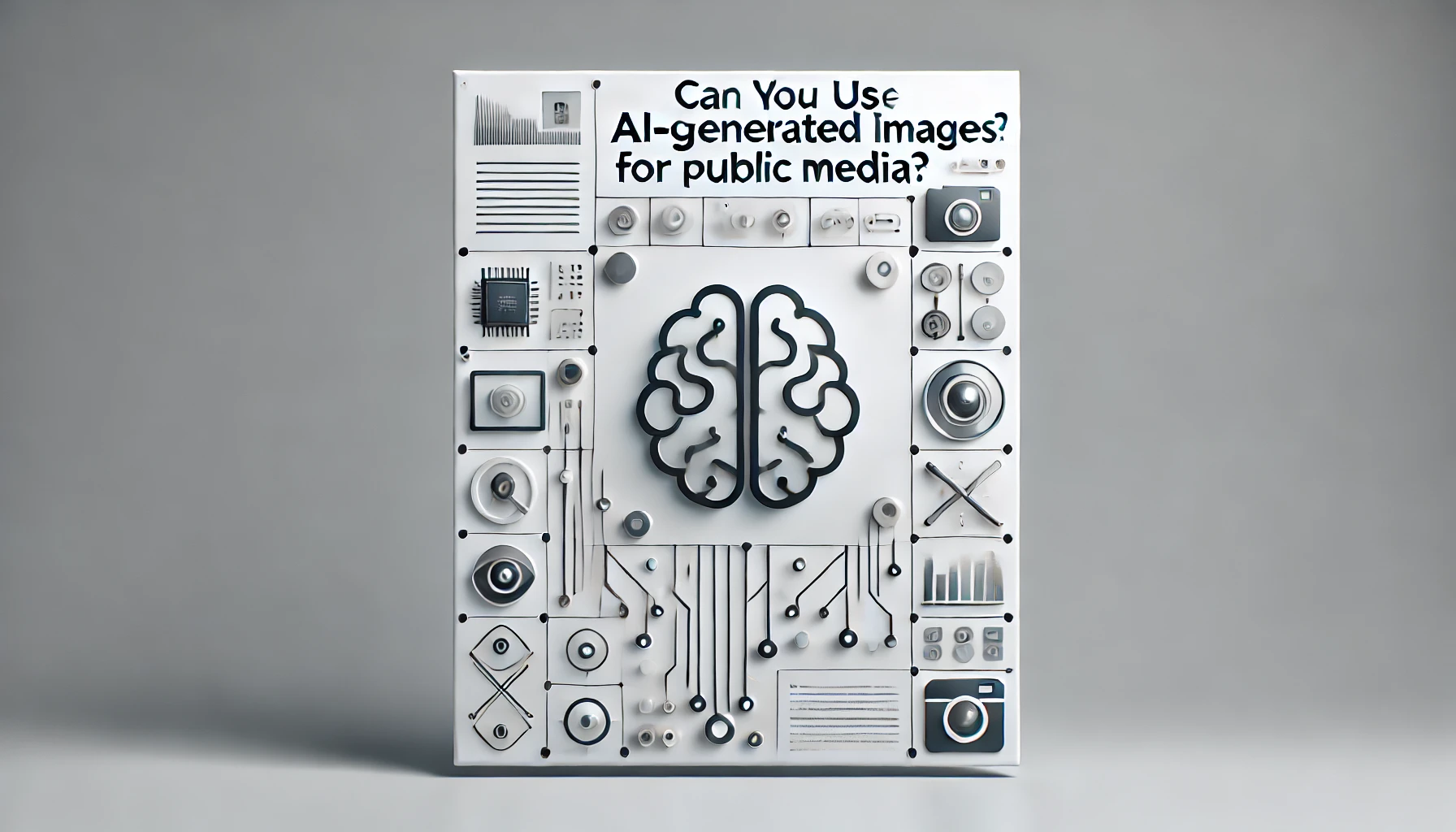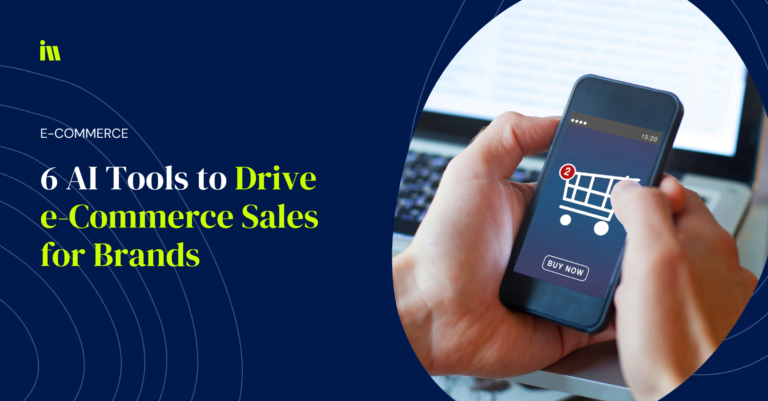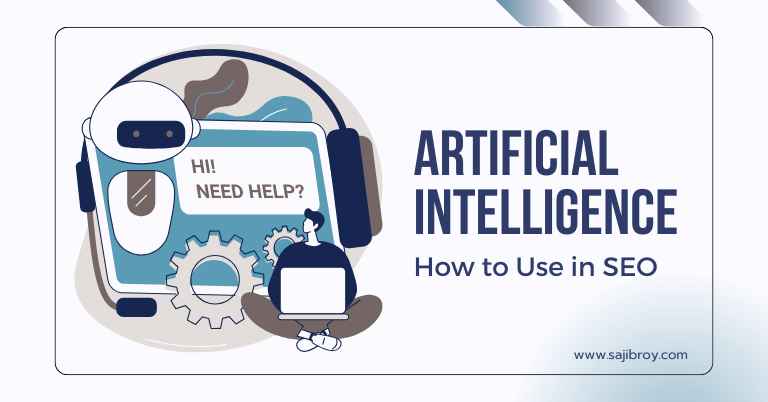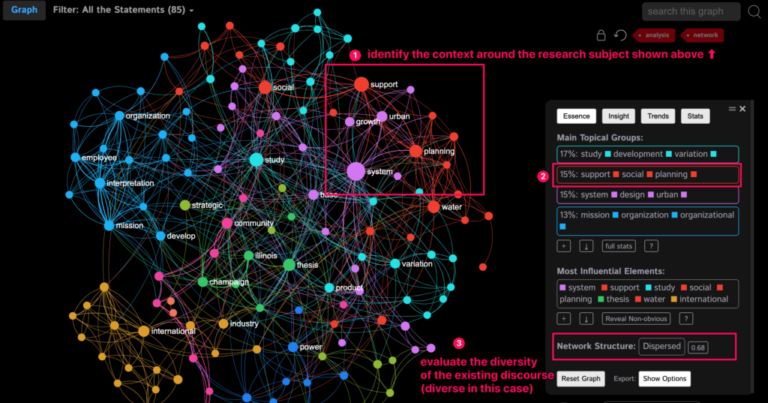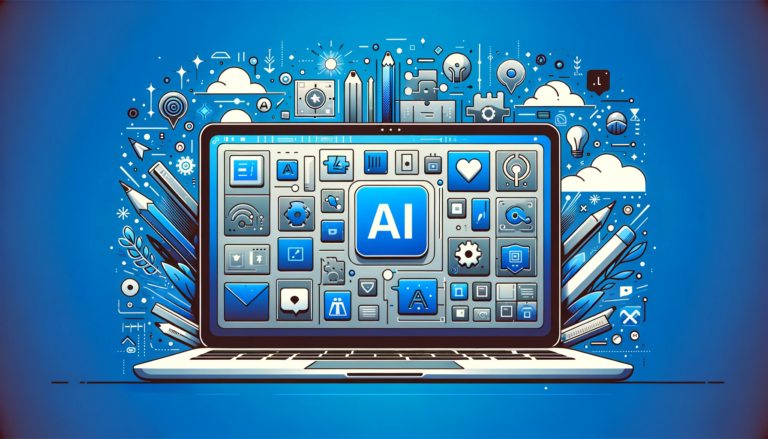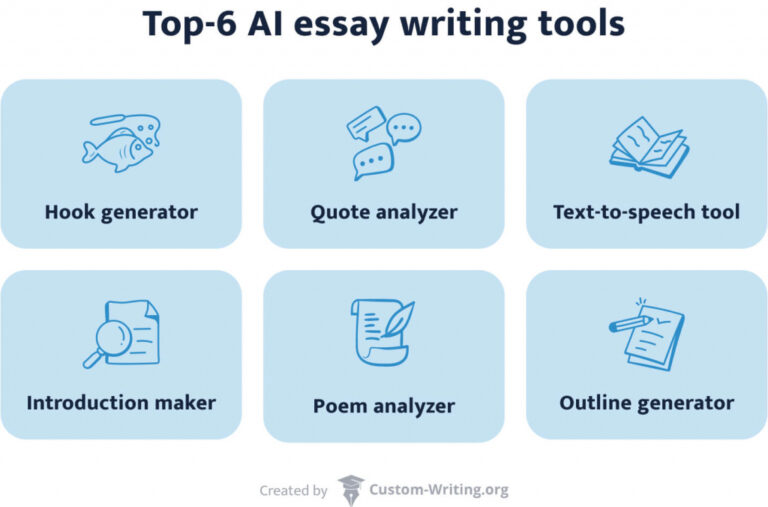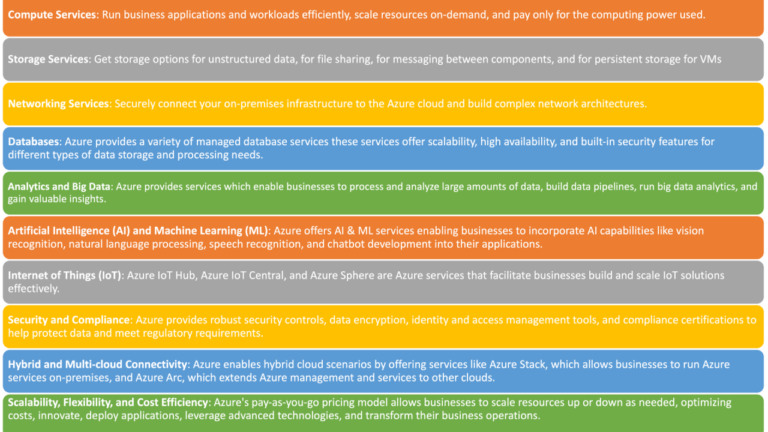Can You Use AI Generated Images for Public Media?: A Comprehensive Guide
Yes, you can use AI-generated images for public media. But there are important considerations to keep in mind.
Understanding these can help you make informed choices. AI-generated images have come a long way. They offer new opportunities in creating visual content. But using them in public media raises questions. Are these images legal to use? Do they affect copyright laws?
It’s important to know the ins and outs before you dive in. In this blog, we will explore the benefits and risks. You will learn how to use AI images correctly. Stay tuned to understand the full picture.
Introduction To Ai-generated Images
AI-generated images are becoming a popular topic in public media. These images are created using advanced algorithms and neural networks. They can mimic styles of famous artists or create entirely new visuals. This technology is changing the way we think about art and media.
Rise Of Ai In Art
The rise of AI in art is fascinating. Artists use AI tools to create unique pieces. These tools can analyze existing artworks and generate new ones. They can even blend different art styles. This allows for endless creative possibilities.
Many artists find inspiration in AI-generated images. Some use them as a starting point for their work. Others collaborate with AI to create final pieces. This new form of art is gaining acceptance. It challenges traditional views of creativity.
How Ai Generates Images
Understanding how AI generates images is key. AI uses machine learning and deep learning techniques. These techniques involve training algorithms on large datasets of images. The AI learns patterns and features from these images.
Once trained, the AI can create new images based on what it learned. It can mix and match styles, colors, and shapes. The results can be surprisingly realistic or abstract. This process is fast and efficient.
AI-generated images can be used in various fields. From advertising to entertainment, the possibilities are vast. As technology improves, the quality of AI-generated images will continue to rise.

Credit: m.facebook.com
Legal Considerations
Using AI-generated images for public media requires understanding the legal landscape. This ensures you avoid potential pitfalls. Below are key legal aspects to consider.
Copyright Issues
Copyright law protects original works. This includes images. But AI-generated images pose unique challenges. Who owns the copyright? Is it the AI, the user, or the developer?
Often, AI-generated images lack clear authorship. This makes claiming copyright tricky. Some argue the creator of the AI owns the rights. Others believe the user who generated the image should. This legal grey area requires careful attention.
Fair Use Doctrine
The Fair Use Doctrine allows limited use of copyrighted material without permission. This can include AI-generated images. But there are limits.
Use these factors to determine fair use:
- Purpose of use: Is it for commercial or educational use?
- Nature of the work: Is the image factual or creative?
- Amount used: How much of the image are you using?
- Effect on market: Does your use affect the image’s market value?
Understanding these factors helps ensure your use is legal. Always consider these points before using AI-generated images in public media.
Ethical Implications
The use of AI-generated images in public media brings up many ethical questions. These images can be helpful, but they can also create problems. Let’s explore some of these issues.
Authenticity Concerns
AI-generated images can look very real. This raises questions about authenticity. People may have a hard time knowing if an image is real or fake. This can affect trust in media.
News outlets and social media platforms need to be careful. They must ensure their images are genuine. If not, they risk spreading false information.
| Authenticity Concern | Impact |
|---|---|
| Fake News | Can mislead the public |
| Manipulated Images | Can change opinions unfairly |
Potential Misuse
AI-generated images can be misused. They can create fake profiles or fake events. This can lead to scams and frauds. It becomes easy for bad actors to deceive people.
There are also privacy concerns. AI can recreate images of real people without their consent. This can harm the individuals involved.
- Scams and frauds
- Fake profiles
- Privacy invasion
It’s important to have rules and regulations. This can help control the misuse of AI-generated images.
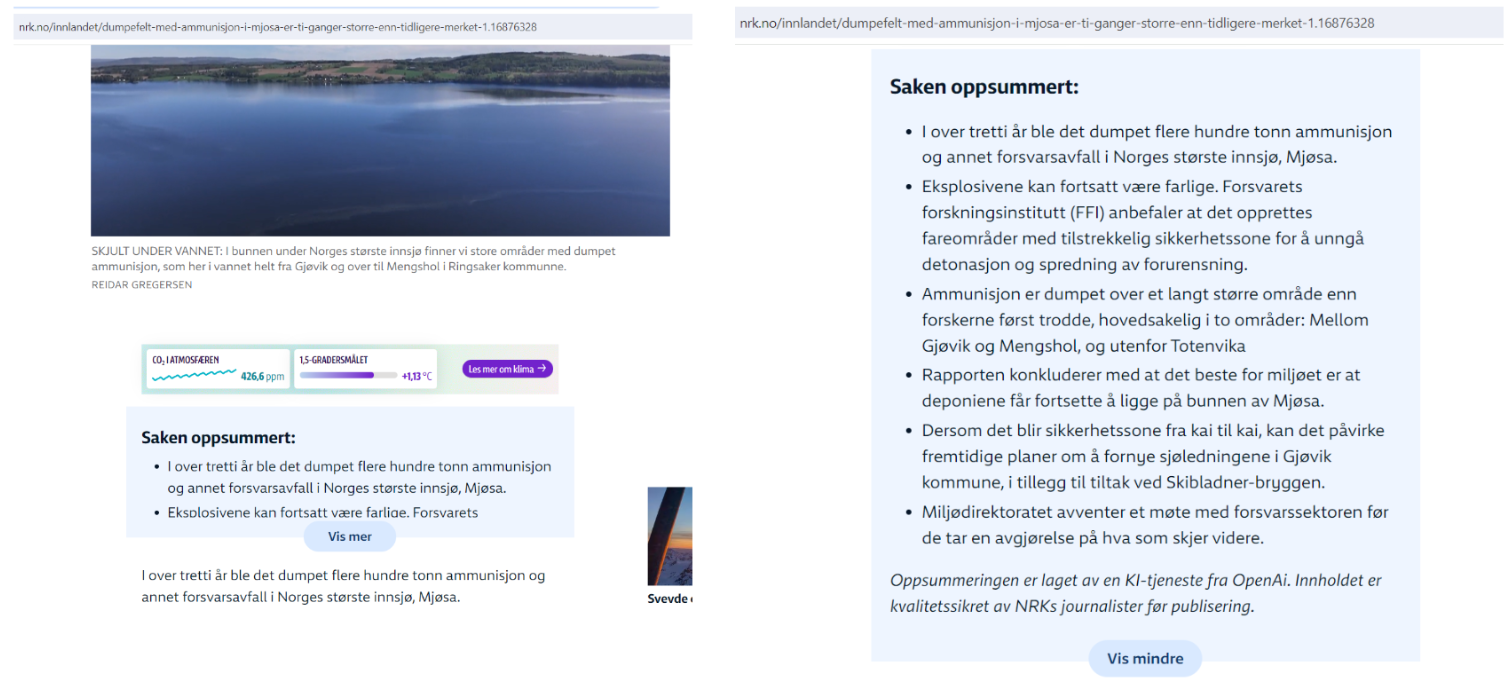
Credit: reutersinstitute.politics.ox.ac.uk
Benefits Of Using Ai-generated Images
AI-generated images are transforming the world of public media. They offer several benefits that can make your projects stand out while saving time and money. Let’s explore some of the key advantages of using AI-generated images.
Cost-effectiveness
Creating high-quality images can be expensive. Hiring a professional photographer or buying stock images often requires a significant budget. AI-generated images provide a cost-effective alternative.
- No need to hire photographers.
- No expensive image licenses.
- Generate images quickly and on-demand.
This can be particularly beneficial for small businesses or startups. They can allocate their budget to other crucial areas.
Creative Freedom
AI-generated images offer unlimited creative possibilities. You can customize images to fit your brand’s unique style. No more sifting through endless stock photos. You have full control over the final result.
Here are some ways AI-generated images can enhance your creative freedom:
- Adjust colors and textures to match your brand.
- Create unique visuals that stand out.
- Experiment with different styles and effects.
This level of creative freedom can help you create a consistent and unique visual identity. It ensures your content is always fresh and engaging.
Challenges And Limitations
Using AI-generated images for public media comes with its own set of challenges and limitations. While these images can be useful and innovative, they are not without issues. Understanding these challenges can help in making informed decisions about their use.
Quality Control
AI-generated images often struggle with maintaining high quality. The technology behind these images is still evolving. As a result, the images may lack detail or appear unrealistic. This can be problematic for public media, where visual appeal is crucial. Low-quality images can affect the audience’s perception and trust.
Ensuring consistency is another challenge. AI tools may produce varying results for similar prompts. This inconsistency can make it hard to maintain a cohesive visual style. Public media outlets need to invest time in editing and refining these images to meet their standards.
Bias In Ai Models
AI models can reflect the biases present in their training data. If the data has biases, the generated images will too. This can lead to problematic representations in public media. For instance, certain groups may be underrepresented or misrepresented.
Addressing bias requires a careful review of the training data and the models. Public media outlets must be aware of these issues and take steps to minimize bias. This involves ongoing monitoring and adjustment of the AI systems.
Best Practices For Public Media
Using AI-generated images for public media can enhance visual content. But it’s crucial to follow best practices. This ensures ethical use and maintains credibility. Below are some key practices to keep in mind.
Sourcing Images Responsibly
Always source AI-generated images from reputable platforms. Verify the origin and licensing terms. This helps in avoiding copyright issues.
Consider the following steps:
- Choose platforms with clear usage policies.
- Read and understand the licensing agreements.
- Ensure the image is free for commercial use if needed.
Responsible sourcing builds trust with your audience. It also safeguards your reputation.
Crediting Ai Tools
Credit the AI tools used for generating images. This shows transparency and gives credit where it’s due.
Here’s how to do it:
- Mention the AI tool in your image caption or article.
- Include a brief note about the AI tool used.
- Provide a link to the AI tool’s website if possible.
Proper crediting respects the creators of AI technology. It also informs your audience about the source of your images.
Adhering to these best practices ensures ethical use of AI-generated images. It also maintains your credibility in public media.
Case Studies
Case studies offer valuable insights into the practical use of AI-generated images in public media. By examining these real-world examples, we can better understand the benefits and challenges of this technology. Let’s explore two key areas: successful implementations and lessons learned.
Successful Implementations
Many media companies have started using AI-generated images. One such example is a news agency that uses AI for weather graphics. These images are updated in real-time, providing accurate visual data. The agency has reported increased viewer engagement due to the dynamic content.
Another successful case is a marketing firm. They use AI to create product advertisements. These AI images are tailored to different demographics. As a result, the firm has seen a rise in customer interaction and sales. The use of AI has also reduced the time needed for image production.
Lessons Learned
From these implementations, several lessons have emerged. First, quality control is crucial. AI-generated images must meet high standards to maintain credibility. Some companies faced backlash due to poor-quality images. Thus, human oversight remains important.
Second, transparency matters. Audiences appreciate knowing the source of the images. Disclosing the use of AI can build trust. This approach helps avoid potential ethical concerns. Lastly, continuous updates to AI systems are necessary. Technology evolves rapidly, and staying current is key.
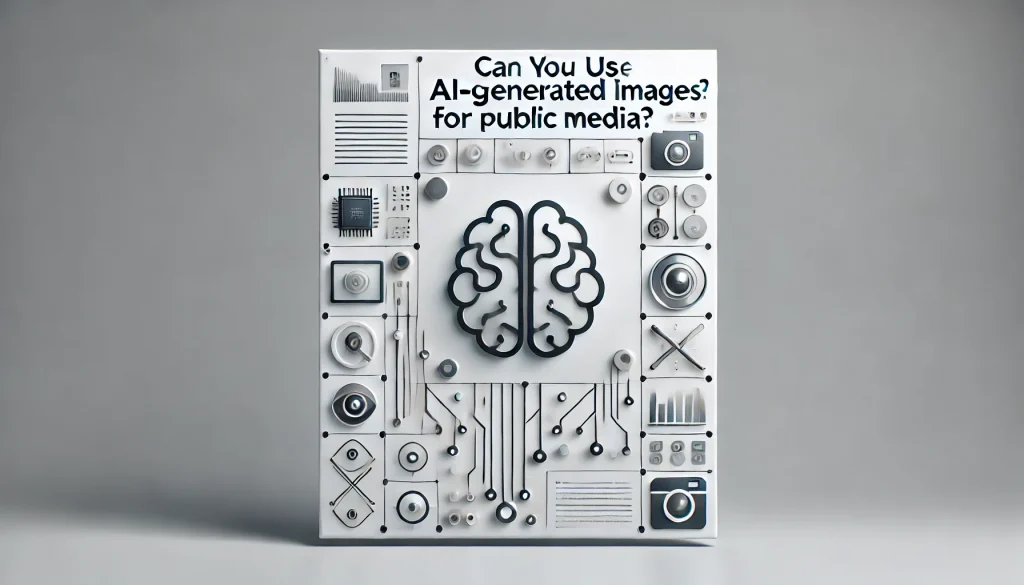
Credit: www.giz.ai
Future Of Ai In Public Media
The future of AI in public media holds great potential. AI-generated images are becoming a part of the media landscape. These images offer creative solutions and expand visual storytelling. But what does the future hold for AI in public media? Let’s explore technological advancements and evolving regulations in this field.
Technological Advancements
AI technology is advancing at a rapid pace. New algorithms and tools are being developed. These innovations allow for more realistic and diverse AI-generated images. Media creators can use these tools to enhance their content. This technology can save time and reduce costs for media companies. AI-generated images also open new possibilities for creativity.
Evolving Regulations
As AI technology grows, regulations are evolving. Governments are starting to create rules for AI use in media. These rules aim to protect creators and consumers. They ensure transparency and fairness in AI-generated content. Media companies must stay updated on these regulations. Understanding and following these rules is crucial for ethical AI use.
Frequently Asked Questions
Can Ai Generate Images For Public Media?
Yes, AI can create images suitable for public media. These images can be used in news articles, blogs, and social media posts, enhancing visual content.
Are Ai-generated Images Copyright-free?
Not always. Some AI-generated images may still be subject to copyright laws. Always check the image’s licensing terms before use.
How Accurate Are Ai-generated Images?
AI-generated images can be highly accurate. However, they might sometimes have flaws or inaccuracies. Always review the images before using them in public media.
Can Ai Images Be Used Commercially?
Yes, AI-generated images can be used commercially. Ensure the images are not copyrighted and comply with commercial usage rights.
Conclusion
Using AI-generated images in public media presents both opportunities and challenges. Ensure you understand copyright laws. Always credit sources properly. Verify the image’s authenticity to avoid issues. AI tools can enhance creativity. Yet, ethical considerations remain crucial. Balance innovation with responsibility.
Stay informed about evolving regulations. Embrace AI with caution and awareness. This approach can help maintain trust. And keep your audience engaged.

